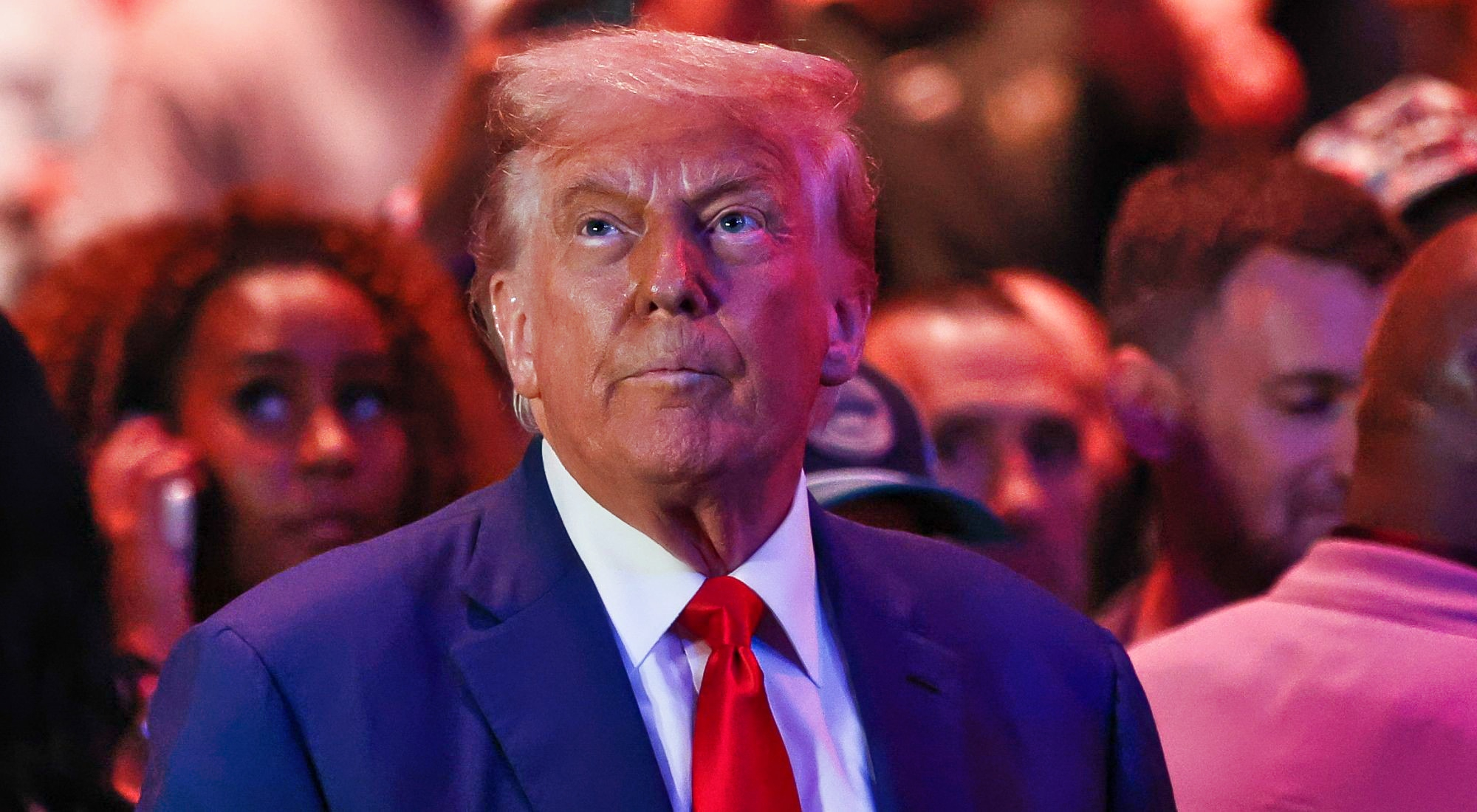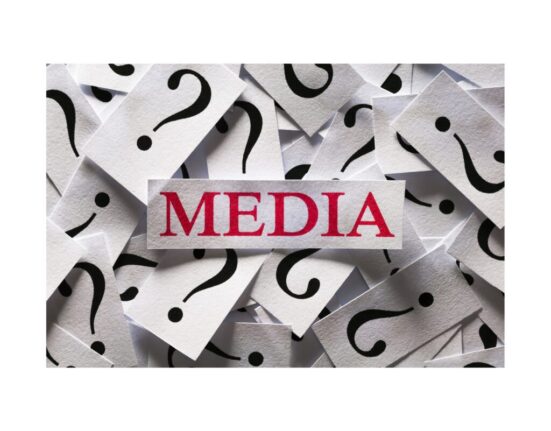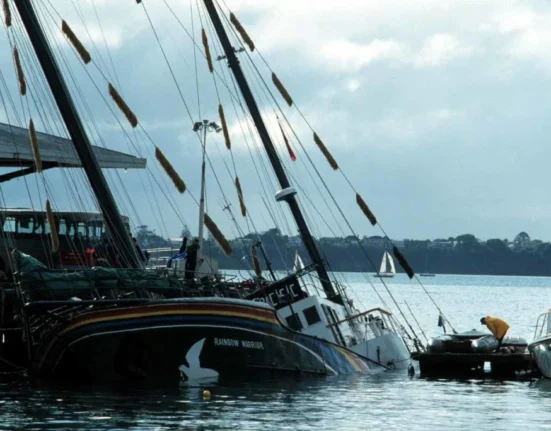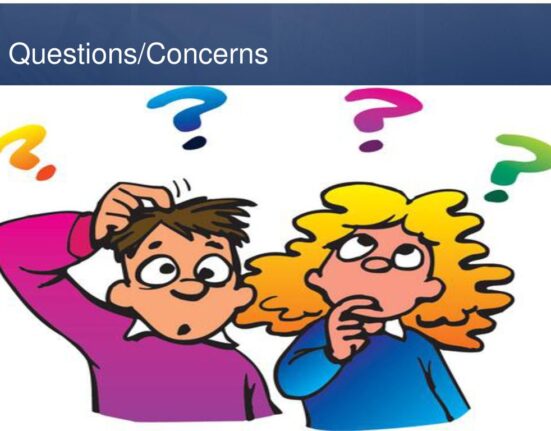In a bold move that could shake up global trade relations, US President Donald Trump recently announced a significant 50 percent tariff on imports from Brazil. This decision comes as part of a wider strategy to impose levies on several countries’ goods starting August 1.
The White House justifies these tariffs as a response to what they deem unfair trade deals, emphasizing the need for reciprocal agreements. Trump’s administration has been vocal about addressing what they perceive as imbalances in international trade, with the President himself stating,
“other countries will receive similar communications in the coming days.”
Brazil, one of America’s major trading partners, finds itself at the receiving end of this new tariff policy. Initially facing a proposed 10 percent levy during Trump’s earlier tariff announcement in April, Brazil now contends with the dramatic escalation to a hefty 50 percent tariff rate effective August 1.
Luiz Inacio Lula da Silva leads Brazil—a country pivotal to US trade—as it exports products worth billions of dollars annually to America. The increased tariffs underscore Trump’s dissatisfaction with Brazil’s trade practices, further fueled by an ongoing investigation into alleged unfair practices that could potentially lead to even higher tariffs.
Trump’s pointed letter also addressed domestic issues within Brazil, particularly criticizing the trial of former president Jair Bolsonaro. Known for their personal rapport and political alliance, Trump publicly condemned what he termed as a “Witch Hunt” against Bolsonaro and urged an immediate halt to the trial proceedings.
Beyond Brazil, seven other nations face revised tariff rates under this new directive:
– Sri Lanka: Now at 30 percent
– Philippines: Set at 20 percent
– Algeria: Maintained at 30 percent
– Brunei: Increased marginally to 25 percent
– Iraq: Retained at 30 percent
– Libya: Unchanged at 30 percent
– Moldova: Adjusted slightly down to 25 percent
Trump emphasized that these decisions were grounded in substantial data and historical context. Over twenty countries have received similar warnings regarding potential tariff adjustments unless reciprocal agreements are reached.
The recent developments in Trump’s tariff policy coincide with his plans for additional levies on copper imports and higher tariffs on pharmaceuticals—a multi-pronged approach aimed at reshaping America’s international trade landscape.
While Asian nations closely linked with China have been key targets of these letters from Washington, negotiations with major partners like the European Union are still pending. The EU anticipates continued discussions until August 1st regarding baseline tariffs and exemptions for critical sectors like aerospace and cosmetics.
As economic tensions reverberate across continents due to escalating tariffs and shifting trade dynamics initiated by President Trump’s administration, global markets remain on edge awaiting further developments in this unfolding saga.









Leave feedback about this